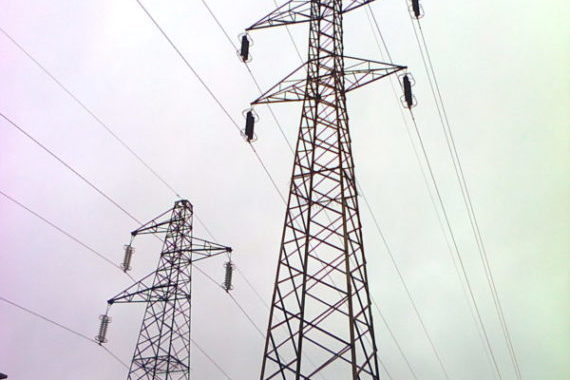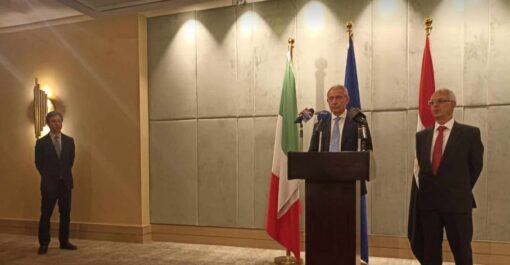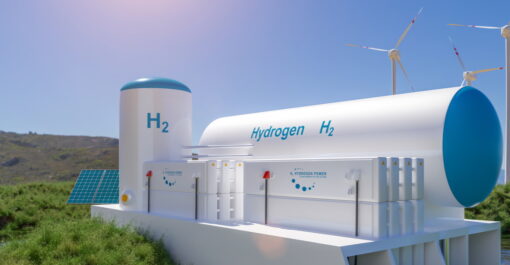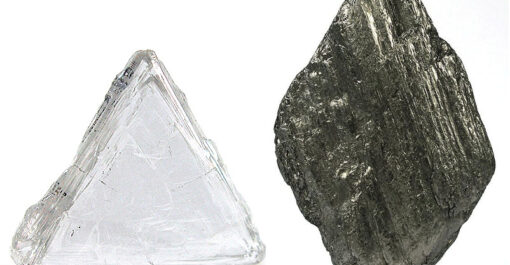Sulla base dei dati forniti da Terna, società che gestisce la rete di trasmissione nazionale, nel mese di luglio la domanda di elettricità in Italia è stata complessivamente pari a 30,1 miliardi di kWh, registrando quindi una diminuzione del 3,3% rispetto allo stesso periodo dell’anno precedente.
FLESSIONE DELL’INDICE IMCEI
L’indice IMCEI elaborato da Terna, che prende in esame i consumi industriali di circa un migliaio di imprese energivore, registra una flessione dell’1,2% rispetto al luglio del 2022. Positiva, invece, la variazione dei comparti dei mezzi di trasporto, del cemento, calce e gesso, degli alimentari e della siderurgia; stabili le ceramiche e vetrarie; in flessione tutti gli altri settori, in particolare la cartaria e la chimica. In termini congiunturali, il valore della richiesta elettrica (destagionalizzato e corretto dall’effetto temperatura) risulta in crescita (+1,2%) rispetto allo scorso mese di giugno, in flessione invece la variazione congiunturale dell’indice IMCEI (-2,6%).
VARIAZIONI TENDENZIALI SU BASE TERRITORIALE
Nei primi sette mesi del 2023, la richiesta cumulata di energia elettrica in Italia è risultata in calo del 5% rispetto allo stesso periodo del 2022 (-4% il dato rettificato). Variazione negativa anche dell’Indice IMCEI, che registra un -5,7% nei primi sette mesi dell’anno. Nel dettaglio, luglio ha avuto lo stesso numero di giorni lavorativi (21) e una temperatura media mensile sostanzialmente stabile rispetto a luglio 2022 (-0,3°). A livello territoriale, la variazione tendenziale di luglio 2023 è risultata differenziata: negativa al Nord e al Centro (rispettivamente -6,1% e -2,3%), positiva al Sud e nelle Isole (+1,6%).
DOMANDA INTERNA E IMPORTAZIONI DALL’ESTERO DI ENERGIA
Nello scorso mese di luglio la domanda di energia elettrica italiana è stata soddisfatta per l’85,6% con la produzione nazionale e, per la quota restante (14,4%), dal saldo dell’energia scambiata con l’estero. La produzione nazionale netta è risultata pari a 25,9 miliardi di kWh, in diminuzione del 2,7% rispetto a luglio 2022. Le fonti rinnovabili hanno prodotto complessivamente 11,6 miliardi di kWh, coprendo il 38,4% della domanda elettrica (a luglio dello scorso anno è stato pari al 31,3%). La produzione da rinnovabili a luglio è stata così suddivisa: 38,4% idrico, 33,6% fotovoltaico, 12,4% biomasse, 11,7% eolico, 3,9% geotermico. Secondo le rilevazioni di Terna illustrate nel report mensile, considerando tutte le fonti rinnovabili, nei primi sette mesi del 2023 l’incremento di capacità in Italia è pari a 2.956 MW, un valore superiore di circa 1.515 MW (+105%) rispetto allo stesso periodo del 2022.
IDRICO, FOTOVOLTAICO ED EOLICO
Proseguono il recupero della produzione da fonte idrica (+32,4%) e la crescita del fotovoltaico (+12%). In aumento anche la produzione da fonte eolica (+31,8%). In flessione la produzione da fonte termica (-13,6%) e in leggero calo il geotermoelettrico (-1,5%). Per quanto riguarda il saldo import-export, la variazione è pari a -8,8% per un effetto combinato della diminuzione dell’import (-6,2%) e dell’aumento dell’export (+53,1%). L’analisi dettagliata della domanda elettrica mensile provvisoria del 2022 e del 2023 è disponibile nella pubblicazione “Rapporto Mensile sul Sistema Elettrico”, consultabile alla voce “Sistema elettrico >> Dispacciamento >> Dati esercizio” del sito www.terna.it.
I dati in tempo reale sull’esercizio del sistema elettrico nazionale sono inoltre consultabili sull’app di Terna disponibile sui principali store:
https://play.google.com/store/apps/details?id=it.terna.energia&hl=it
https://apps.apple.com/it/app/terna/id1458535498
I dati dell’Indice Mensile dei Consumi Elettrici Industriali sono consultabili sul sito: https://www.terna.it/it/sistema-elettrico/statistiche/imcei
***
Monthly demand at 30.1 billion kWh; Terna, electircity demand fell by 3.3% in July; Renewables cover 38.4% of demand: recovery of hydroelectric production continues, +32.4% compared to July 2022 – According to data collected by Terna, the company that manages the Italian national transmission grid, in July, total electricity demand in the country stood at 30.1 billion kWh, recording a 3.3% decrease compared to the same period in 2022.
The IMCEI index developed by Terna, which considers the industrial consumption of around 1,000 energy-intensive companies, recorded a decrease of 1.2% compared to July last year. The vehicles, cement, lime and gypsum, food, and steel sectors were up. Ceramics and glass were stable, and all other sectors were down, especially paper and chemicals.
In comparative terms, the figure for electricity demand, adjusted for seasonal and temperature effects, is up (+1.2%) compared to June 2023. However, the figure for the IMCEI index was down (-2.6%).
In the first seven months of 2023, electricity demand in Italy fell 5% compared to the same period in 2022 (-4% adjusted value). The IMCEI index also recorded a 5.7% drop in the first seven months of the year.
Analysing the data in detail, July had the same number of working days (21) and an average monthly temperature that was substantially the same as in July 2022 (-0.3°).
At a regional level, in July 2023, the trend varied — negative in the North and Centre of the country (-6.1% and -2.3% respectively) and positive in the South and on the Islands (+1.6%).
In July 2023, 85.6% of electricity demand in Italy was met by national production and the remainder (14.4%) by the balance of electricity exchanged with foreign countries. Net domestic production amounted to 25.9 billion kWh, down 2.7% compared to July 2022. Renewables generated a total of 11.6 billion kWh, covering 38.4% of electricity demand (against 31.3% in July of the previous year). Generation from renewables in July can be broken down as follows: 38.4% hydroelectric, 33.6% photovoltaic, 12.4% biomass, 11.7% wind and 3.9% geothermal.
According to Terna’s findings, detailed in the monthly report, considering all renewables, in the first seven months of 2023, the capacity in Italy rose 2,956 MW, approximately 1,515 MW more (+105%) than the same period in 2022.
The recovery of hydroelectric production (+32.4%) and photovoltaic growth (+12%) continue. Wind production is also on the rise (+31.8%). Thermal production dropped (-13.6%), and geothermal production went down slightly (-1.5%). Relative to the import/export balance, the change amounted to -8.8% due to the combined effect of lower imports (-6.2%) and higher exports (+53.1%).
A detailed analysis of provisional 2022 and 2023 monthly electricity demand is available in the publication “Monthly Report on the Electricity System”, under the section “Electric System>>Dispatching>>Operating Data>>Monthly Report” at www.terna.it.
Real-time data on the operation of the national electricity system can also be found on the Terna app, available on all app stores:
https://play.google.com/store/apps/details?id=it.terna.energia&hl=en
https://apps.apple.com/it/app/terna/id1458535498
Monthly Industrial Electricity Consumption Index data is available on the website: https://www.terna.it/it/sistema-elettrico/statistiche/imcei







